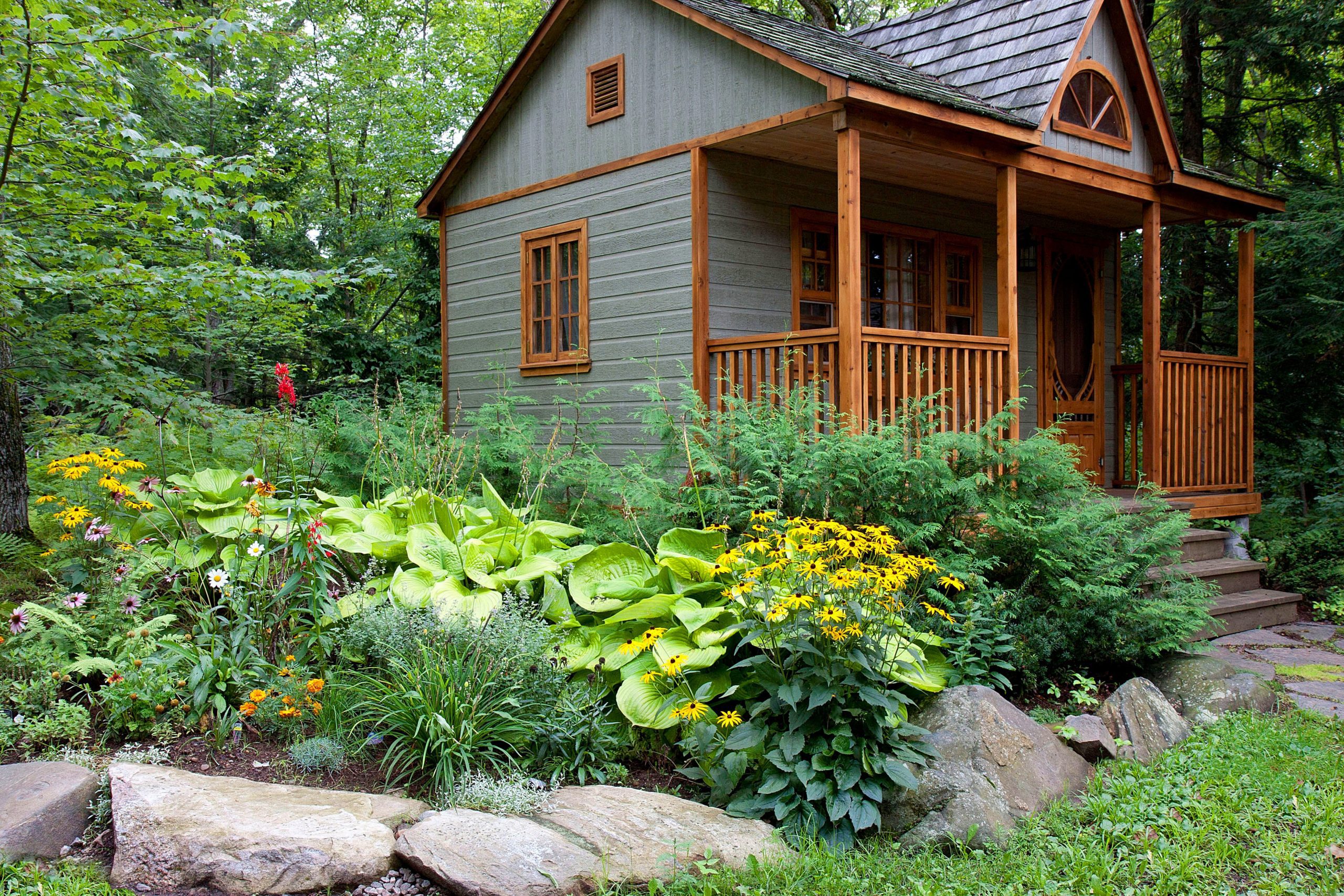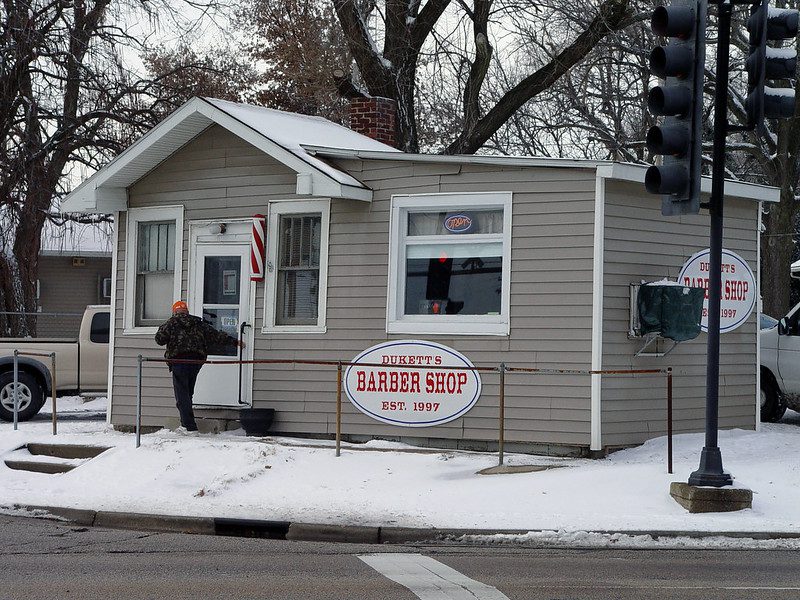To Save Elderly at Risk of Covid, Legalize ‘Granny Houses’

Thirty years ago, I published an article in a rather obscure legal publication (the Real Property, Probate, and Trust Law Journal) entitled “Suburban Zoning: Two Modest Proposals.” My proposal was to relax local restrictions on accessory apartments and business occupations in single-family homes. It was reprinted in an annual handbook of zoning articles and in a publication addressed to municipal attorneys, but was otherwise stillborn. Its hour has come around at last.
The devastating impact of the virus on the institutionalized elderly almost certainly will reduce the number of Americans who are prepared to consign their parents and other elderly relatives to the tender mercies of nursing homes. In some states, 60 percent of coronavirus deaths involve residents of these institutions.
The “granny house” is a familiar European institution. The two-family house where rent from a second unit pays the mortgage is also familiar and finds some recognition here in FHA loan legislation, though not in common practice. Tax laws abroad encourage shared housing. In Germany, owner-occupants who construct an additional rental unit can deduct against taxes 5 percent of the cost for 8 years and 2 ½ percent thereafter, while in Finland and Great Britain large portions or all of the rent can be disregarded for tax purposes. Forty percent of American suburbs allow accessory housing in some form; richer suburbs are in the vanguard, since without such housing it would be difficult to recruit modestly paid teachers and policemen.
There has been a dramatic change in household size that renders much housing built in earlier periods needlessly large. The number of persons per household declined from 3.33 in 1960 to 2.52 in 2019. The number of adult persons living alone increased from 6.9 million in 1960 to 36.5 million in 2019. Creation of new small units may directly benefit minority and lower-income persons by being introduced to neighborhoods in small numbers, vouched for by landlord-neighbors. Negative effects are few, since most suburban neighborhoods were built in anticipation of larger occupancies per housing unit. The existing housing stock is thus the sleeping giant of housing policy. In most homes with more than one bathroom, all that is necessary for creating a second unit is an additional kitchen, at costs far less than new subsidized housing construction typically costing hundreds of thousand dollars per unit.
The virus crisis and attendant shutdowns has also resulted in a massacre of small businesses and in increased demand for home offices for working remotely. Most zoning ordinances allow professional but not retail businesses in residences. It has been urged that the zoning exceptions favoring professional offices rest not on functional but social class distinctions. The slaughter of smaller retailers and artisans by the present crisis rests on their inability to reduce their principal fixed cost, namely rent. Allowing use of one ground-floor room in a home for a retail business, subject to appropriate traffic and health regulations, would allow many very small businesses to withstand economic shocks, while enhancing convenience, reducing the need for automobile use in suburbs, and providing opportunities for youth employment.

Lancaster County, Pennsylvania has a generous home occupation ordinance allowing use for business purposes of not more than 25 percent of a dwelling unit or 500 square feet, with not more than one outside employee. Provision is also made for “live-work”‘ units in some residential zones where the business is confined to the ground floor, occupies no more than 50 percent of the building, and employs no more than five outside employees, subject to limits on signage and deliveries by large commercial trucks.
The late Bernard Siegan in his study of Houston, an un-zoned city, concluded that commercial uses will normally limit themselves to no more than five percent of structures and will provide services to local residents and augment the viability of neighborhoods, particularly for the young and the old without easy access to automobiles. Small local convenience stores will also provide competition for the Walmarts, Amazons, and Targets that have been allowed to augment themselves as a result of ill-designed coronavirus restrictions.
No politician gets to cut ribbons when a second kitchen is installed in a single-family home or when a small grocery store appears in one room in a large featureless housing development, nor will such entities be fertile sources of campaign contributions. But some green shoots of this nature will do something to remedy the depressed spirits caused by the decimation of the residents of nursing homes—and the disappearance of variety, color, and choice in commercial shopping areas.
George Liebmann is the author of a number of books on local and sub-local institutions, most recently America’s Political Inventors: The Lost Art of Legislation.
Comments